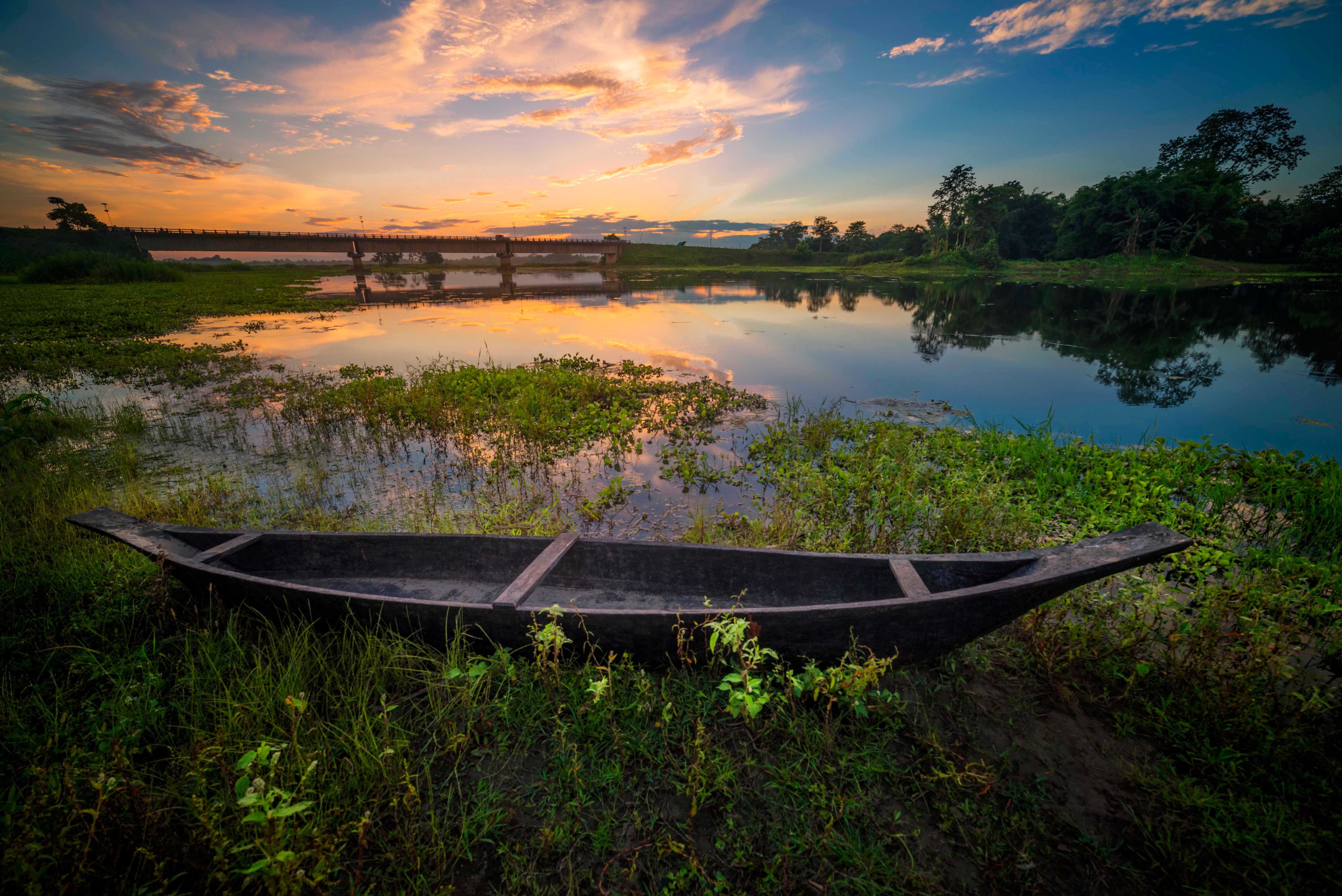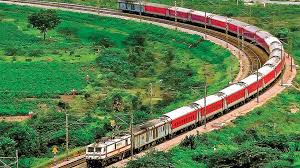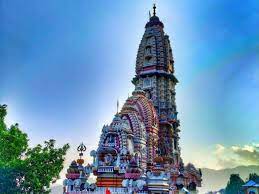HIDDEN INDIAN SITES WORTHY OF UNESCO

World Heritage Day is a time to
reflect on the legacy of humanity and the treasures we must preserve for future
generations. India, a land steeped in culture, history, and natural wonders,
proudly boasts 42 UNESCO World Heritage Sites, including 34 cultural, 7
natural, and 1 mixed property as of 2024. Yet, with a civilizational history
spanning thousands of years and unmatched geographical diversity, many more
places across the country remain overlooked. These lesser-known gems not only
echo India’s rich heritage but also reveal the nation’s immense potential in
cultural and ecological tourism.
In the spirit of World Heritage Day, here’s a look at some remarkable Indian sites that truly deserve a place on the prestigious UNESCO World Heritage list.Below is a list of Indian sites that merit a place on the prestigious UNESCO World Heritage list.
1. MAJULI ISLAND, ASSAM
Majuli, the world’s largest inhabited
river island, lies nestled in the Brahmaputra River in Assam. This island is
not just a geographical marvel but a cultural and spiritual hub of the
Neo-Vaishnavite movement started by Srimanta Sankardeva in the 15th century.
The numerous satras (monasteries) here preserve rare manuscripts, traditional
dances like Sattriya, and other forms of artistic expression. The island’s
unique lifestyle, biodiversity, and fragile ecosystem, threatened by soil
erosion and climate change, make it a strong candidate for World Heritage
status. Its inclusion could promote sustainable tourism and draw attention to
conservation efforts.
2. SACRED ENSEMBLES OF HOYSALA TEMPLES, KARNATAKA
Though some Hoysala temples have
already received recognition (like the Chennakeshava Temple at Belur), many
more across Karnataka still await global acknowledgment. The temples at
Halebidu, Somnathpura, and lesser-known sites like Aralaguppe and Mosale are
masterpieces of intricate stone architecture and craftsmanship. These temples,
dating from the 12th to 14th centuries, exemplify Hoysala architecture with
their star-shaped platforms, soapstone carvings, and rich narrative friezes.
Their preservation and promotion could contribute to a broader appreciation of
medieval South Indian temple architecture.
3. MEGHALAYA’S LIVING ROOT BRIDGES
Crafted by the Khasi and Jaintia
tribes of Meghalaya, living root bridges are a spectacular blend of human
ingenuity and nature. These bridges, formed by training the aerial roots of
rubber trees over decades, can last centuries and withstand harsh monsoons. While
they are currently on UNESCO’s tentative list, they deserve full recognition
for their ecological, cultural, and engineering significance. Living root
bridges embody sustainable living and adaptation to extreme environments—values
that are crucial in today’s climate-conscious world.
4. MANDU, MADHYA PRADESH
The ancient city of Mandu, perched on
a plateau in Madhya Pradesh, is a testament to medieval romance and military
architecture. It was once a flourishing capital under the Malwa Sultanate,
blending Afghan, Hindu, and Persian architectural elements. Landmarks like the
Jahaz Mahal (Ship Palace), Hindola Mahal (Swing Palace), and the tomb of
Hoshang Shah make Mandu a historic treasure. Despite its charm and layered
history, Mandu remains underappreciated. As a heritage site, it could shed
light on the architectural innovations of the Deccan sultanates and serve as a
window into India’s syncretic past.
5. MARATHA MILITARY FORTS OF MAHARASHTRA
The forts built and restored by
Chhatrapati Shivaji Maharaj and the Marathas are scattered across Maharashtra,
from sea-facing Sindhudurg to the hill forts like Raigad, Rajgad, and
Pratapgad. These forts exemplify adaptive military architecture that utilized
natural topography for defense. A serial nomination of Maratha forts would not
only honor the Maratha legacy but also fill a gap in representing pre-modern
Indian military architecture on the UNESCO list. These structures played a
critical role in resisting colonial invasions and preserving regional autonomy.

6. BISHNUPUR TEMPLES, WEST BENGAL
Famed for their terracotta temples,
the town of Bishnupur in West Bengal flourished under the patronage of the
Malla kings from the 17th century. The temples are notable for their curved
"chala" roofs and extensive terracotta panels depicting scenes from
the Ramayana, Mahabharata, and daily rural life. These temples are rare
surviving examples of Bengal’s indigenous temple architecture and
craftsmanship. A UNESCO tag would help preserve the unique temple-building
tradition and draw global attention to a lesser-explored region of India.
7. LOTHAL, GUJARAT
Lothal is one of the most prominent
cities of the ancient Indus Valley Civilization and home to what is believed to
be the world’s earliest known dock. This archaeological site provides
invaluable insights into the advanced urban planning, maritime trade, and
craftsmanship of one of the world’s oldest civilizations. Although Lothal is
already on the tentative list, it hasn’t yet received full World Heritage Site
status. Given its significance, especially in maritime archaeology, it would be
a deserving addition to UNESCO’s roster.
8. ARUNACHAL PRADESH’S APATANI CULTURAL LANDSCAPE
The Apatani tribe of Arunachal Pradesh
has developed a unique way of sustainable farming in the Ziro Valley, combining
wet-rice cultivation with organic fish farming. Their intricate knowledge of
forestry, water management, and eco-friendly practices showcases a harmonious
relationship between humans and nature. In addition to their ecological
practices, the Apatanis’ distinct cultural identity, festivals, and
architecture offer a compelling case for inclusion. Recognition could help
preserve indigenous cultures and their traditional knowledge systems under the
pressure of modernization.
9. UNAKOTI, TRIPURA
Often dubbed as the "Angkor Wat
of the East," Unakoti in Tripura is an awe-inspiring site with massive
rock carvings of Hindu deities. The site, with sculptures dating back to the
7th-9th century, is wrapped in legends and mystery, featuring faces as tall as
30 feet. Despite its archaeological importance and sheer grandeur, Unakoti
remains relatively unknown on the global stage. A UNESCO tag could transform it
into a major heritage destination while encouraging its preservation.
10. VALLEY OF FLOWERS, KAAS PLATEAU, MAHARASHTRA
Though the Valley of Flowers in
Uttarakhand has UNESCO recognition, the lesser-known Kaas Plateau near Satara
in Maharashtra is equally deserving. Also known as the "Plateau of a
Million Flowers," Kaas is a biodiversity hotspot with over 850 species of
flowering plants, many of which are endemic. Kaas is an excellent example of
seasonal, delicate biodiversity dependent on specific climatic conditions.
Recognizing this area could encourage environmental protection and sustainable
tourism in the Western Ghats.
You may like post

WITNESS THE MAGIC OF TULIP SEASON ACROSS INDIAs SCENIC LANDSCAPES
Discover Tulip Blooms in India’s Most Beautiful Spring Destinations

CREATURES BUILT FOR SNOWY TERRAIN
Meet the animals that walk and run on snow with ease








